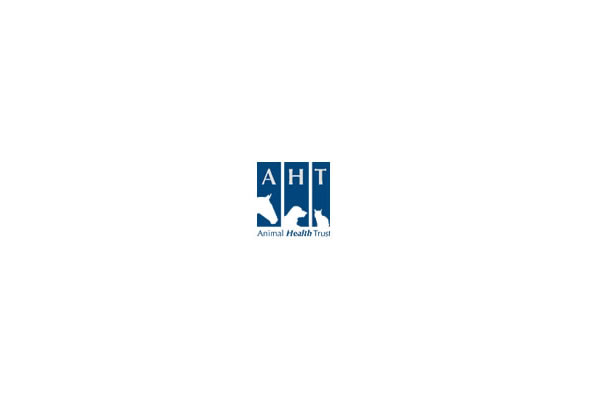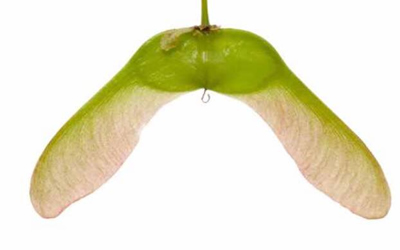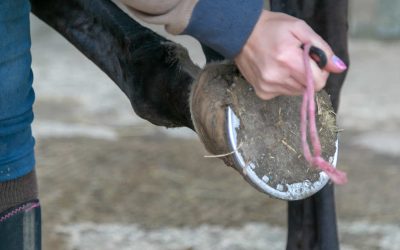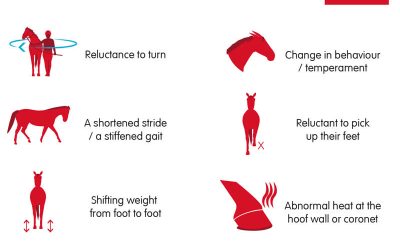
We have had a confirmed case of grass sickness this week which has unfortunately had to be put to sleep, as do 95% of grass sickness cases. The Equine Grass Sickness Fund is a great source of information re this horrible condition. Read more at www.grasssickness.org.uk
The following is information from their site on trying to prevent an outbreak at times of year that grass sickness is a risk. Which is spring and autumn and certainly as we have had a confirmed case I would be following these guidelines at the moment.
“Managing Grass Sickness Risk Factors”
Some thoughts on managing your horse to minimise the effect of Equine Grass Sickness risk factors. By Catriona M. Rowan, BHSAI, RDA Group instructor, Horse owner and breeder since 1966.
The following are suggested strategies used by one owner to maximize Gut Flora Health and to minimize disruption whilst striving to maintain a healthy gastro-intestinal tract. Many of the identified increased risk factors for EGS involve a change in the horse’s circumstances which may, in turn, affect the animal’s general health.
Stress factors (unalterable)
1. Growth; 80% of EGS cases are 2-7 years old so this should be the main period of vigilance. 2. Changing coat in spring and autumn. 3. Coming into season for mares. 4. Adverse or extreme weather changes causing a check or flush in grass growth rates, the majority of which occur in spring and autumn when late or early frosts and sudden weather changes are most likely. Most cases of EGS occur in April or May with another peak in September/ October during some years. These weather events can cause rapid and significant changes in the mineral, fructan and carbohydrate content of the grass.
Stress factors (manageable)
1. Change of diet and worming 2. Change of social companions. 3. Change of grazing or stabling. 4. Change of routine (including attending shows and events ‘off-grass’). 5. Medication for any reason, particularly antibiotics, as they will affect the gut bacteria in most cases.
Strategy to minimise risk
Avoid multiple changes. Move one day then leave a period of 8 to 10 days before making a further change, for example, introducing additional new companions. All of the above could cause unseen stress in the horse which, possibly through an acidity change in the gut, might disrupt the numbers and efficacy of the Gut Flora.
Example: You acquire a new horse so you could move him to your yard, feeding him to his previous owner’s schedule. Take a dung sample to send for a worm count.
Over the first days a pre/probiotic supplement can be introduced to be fed for the first 2 weeks or so. During the second week you could begin to introduce your feed and routine.
Subsequently new companions can be put into his field (mildest mannered first to reduce bullying). Should the worm count indicate that worming is necessary try to do this during a period of mild, wet weather when the grass is likely to be stable in mineral content, i.e. no sudden changes in temperature are forecast
Sycamore Poisoning and Atypical Myopathy
Pasture Management of Acer seedlings in the prevention of atypical myopathy (sycamore poisoning) from hypoglycin A (HGA) toxin in horses
Winter Care Tips Feet
Constant standing around in mud can compromise the health of your horse’s feet. Ensure feet are picked out daily. It may be necessary to bring some horses in each day to allow feet to dry out. Overreach boots may become a necessity to prevent loss of shoes in sticky...
LAMINITIS WARNING FROM VETS ACROSS UK
A very useful warning from our friends The British Horse Society
Equine Veterinary Centre
 Equine Veterinary Centre
Equine Veterinary Centre
Gap Farm
Moorhouse
Doncaster
DN6 7HA







